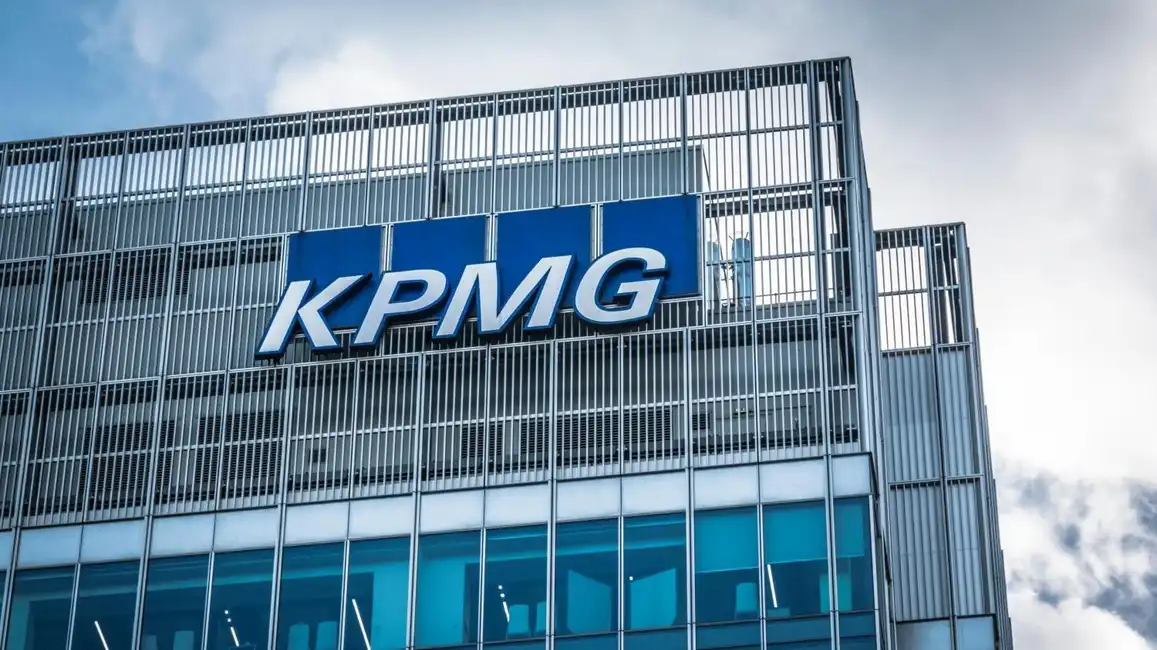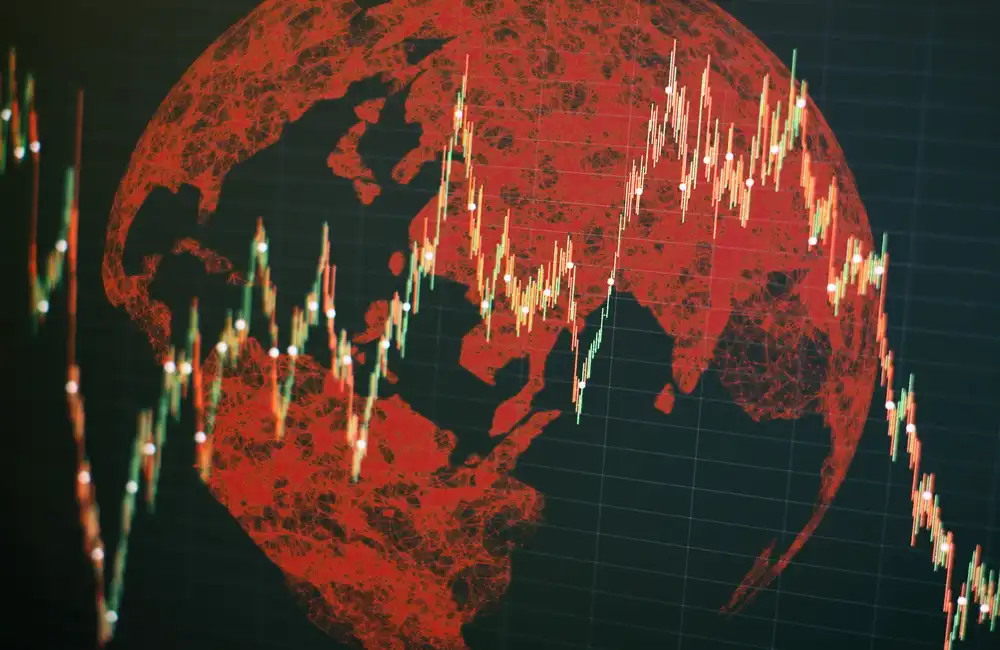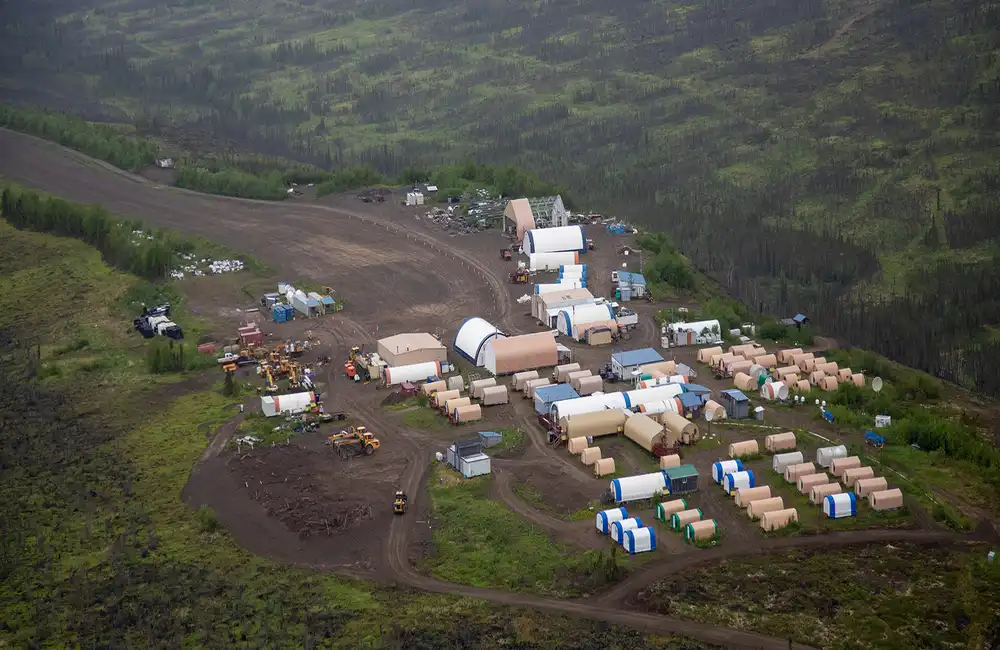Commodities have been essential components of the global economy throughout history.
These physical assets which include gold and oil as well as wheat and copper serve as fundamental pillars supporting both industrial processes and daily living. Investors often overlook how commodities serve as potent tools for portfolio growth and protecting wealth over extended periods.
Our guide will teach you the foundational principles of commodity investing while demonstrating growth opportunities and strategic approaches alongside risk assessment to empower your investment choices.
Understanding Commodity Investments
What are commodities?
Global markets see the exchange of physical goods known as commodities which are typically divided into three main categories.
- Metals: Gold and silver serve as recognised stores of value while copper and aluminium are crucial components in manufacturing and infrastructure development.
- Energy: Energy commodities like oil and natural gas alongside renewable resources function as fundamental power sources for worldwide economic activities and industrial operations.
- Agricultural Products: This category includes wheat, sugar, corn, coffee among other soft commodities which sustain global populations.
The combination of diversification benefits and inherent value makes commodity investments a popular choice among many investors.
Why Commodities Offer Long-Term Growth Potential
Multiple foundational drivers influence commodity prices while also contributing to their potential for sustained long-term growth.
1. Supply and Demand Dynamics
The combination of limited natural resources and escalating global demand typically results in higher commodity prices over time. An accelerated transition to electric vehicles created higher demand for lithium and copper which are essential elements in battery production.
2. Inflation Hedging
Commodities serve as a hedge against inflation. While fiat currencies lose value over time, real assets such as gold and oil often appreciate during inflationary periods which helps investors preserve their purchasing power.
3. Global Economic Trends
Commodity markets are affected by geopolitical events as well as economic expansion in emerging markets together with technological advances. The push for decarbonisation has increased demand for renewable energy resources and initiated expansion within the green commodity sector.
Different Ways to Invest in Commodities
Investors have multiple options to gain commodity exposure according to their investment preferences and risk tolerance levels alongside their time investment horizon.
1. Direct Ownership
You achieve direct asset ownership by buying physical commodities such as gold bullion and silver bars. Direct ownership of physical commodities needs secure storage and presents logistical challenges.
2. Futures Contracts
A futures contract represents an arrangement where parties agree to exchange a commodity at an established price on a predetermined future date. This investment strategy offers potential profits but involves complex processes that expose investors to high risks which makes it more appropriate for seasoned traders.
3. Exchange-Traded Funds (ETFs)
ETFs provide investors with commodity price tracking for either single commodities or multiple commodities without requiring them to own physical assets. Beginner investors often opt for ETFs as their investment choice.
4. Commodity Stocks
Investing in companies that produce commodities represents another viable option and includes mining corporations as well as oil producers. The stock prices of commodity-producing companies typically increase when commodity prices go up.
5. IPOs
Investors who invest into IPOs of companies who produce, or manufacture, any of the primary commodities, particularly mining or oil and gas companies, will gain access to profit from not only the commodity's existing supply and demand fundamentals but also the company's growth potential upon their market listing.
A strategic combination of these methods enables investors to create a diversified portfolio that meets their financial objectives.
Risks and Market Volatility
Investors can achieve high growth through commodities but need to recognise their inherent risks. Investors need to carefully monitor these essential factors.
Market Cycles
The commodity market cycles through periods of fluctuation based on economic trends as well as weather patterns and geopolitical events. Timing your investments is crucial.
Price Volatility
Supply chain disruptions along with global crises and unforeseen policy changes often cause significant price fluctuations.
Regulatory Risks
Commodity supply chains and market demand experience shifts when environmental policy changes occur alongside alterations in trade regulations.
Effective risk management in commodity markets requires staying up-to-date with market trends and seeking professional advice.
Exclusive Insights from Advisor’s Gateway
Our team at Advisor's Gateway has established a track record of spotting commodity investment options that provide sustained value. Our subscribers received early insights into the lithium boom which soared in prominence because of its essential function in renewable energy solutions. Our analysis revealed how agricultural commodities became highly lucrative investment options during global supply chain disruptions while investors gained substantial returns and maintained market leadership.
Through our special data-driven methodology you maintain a strategic advantage in the commodities market.
Unlock the Power of Commodity Investing
Investing in commodities helps protect against inflation and provides stability through market volatility while delivering substantial long-term growth opportunities. Investors need to evaluate potential risks and implement appropriate investment plans to tap into full investment potential.
Subscribe to Advisor’s Gateway’s biweekly newsletter
Elevate your portfolio today. Receive exclusive insights about emerging markets alongside strategic advice and actionable steps for creating a strong diversified investment portfolio.
Access our full guide on developing a sustainable commodity portfolio to begin your journey towards strategic and profitable commodity market decisions.

















